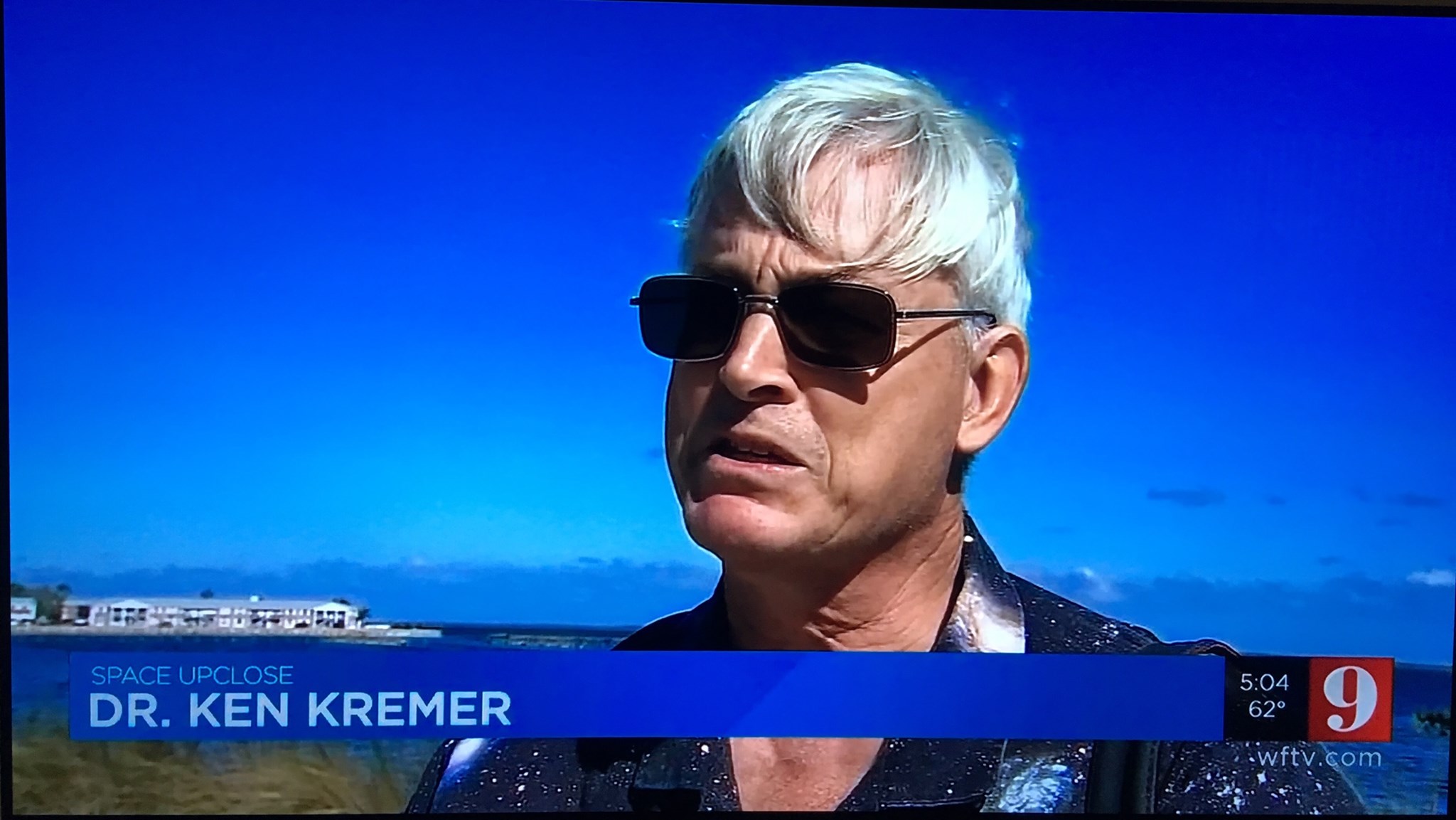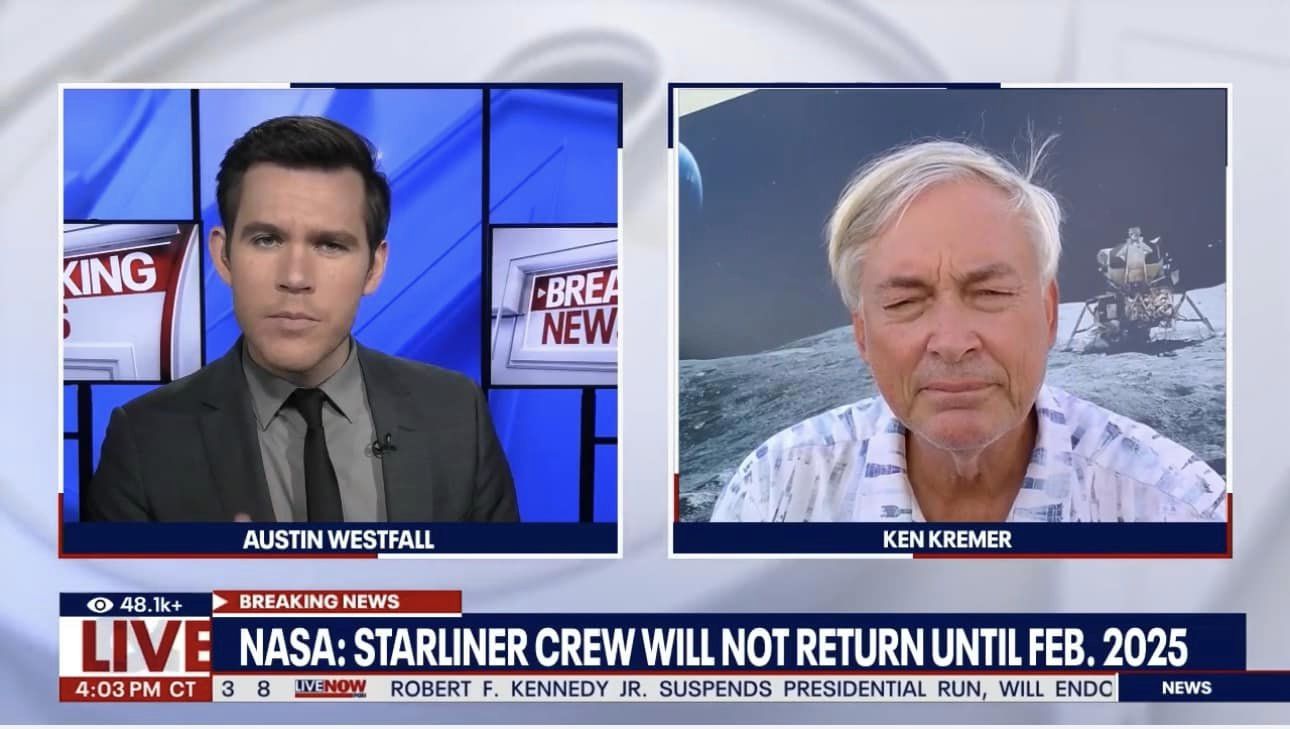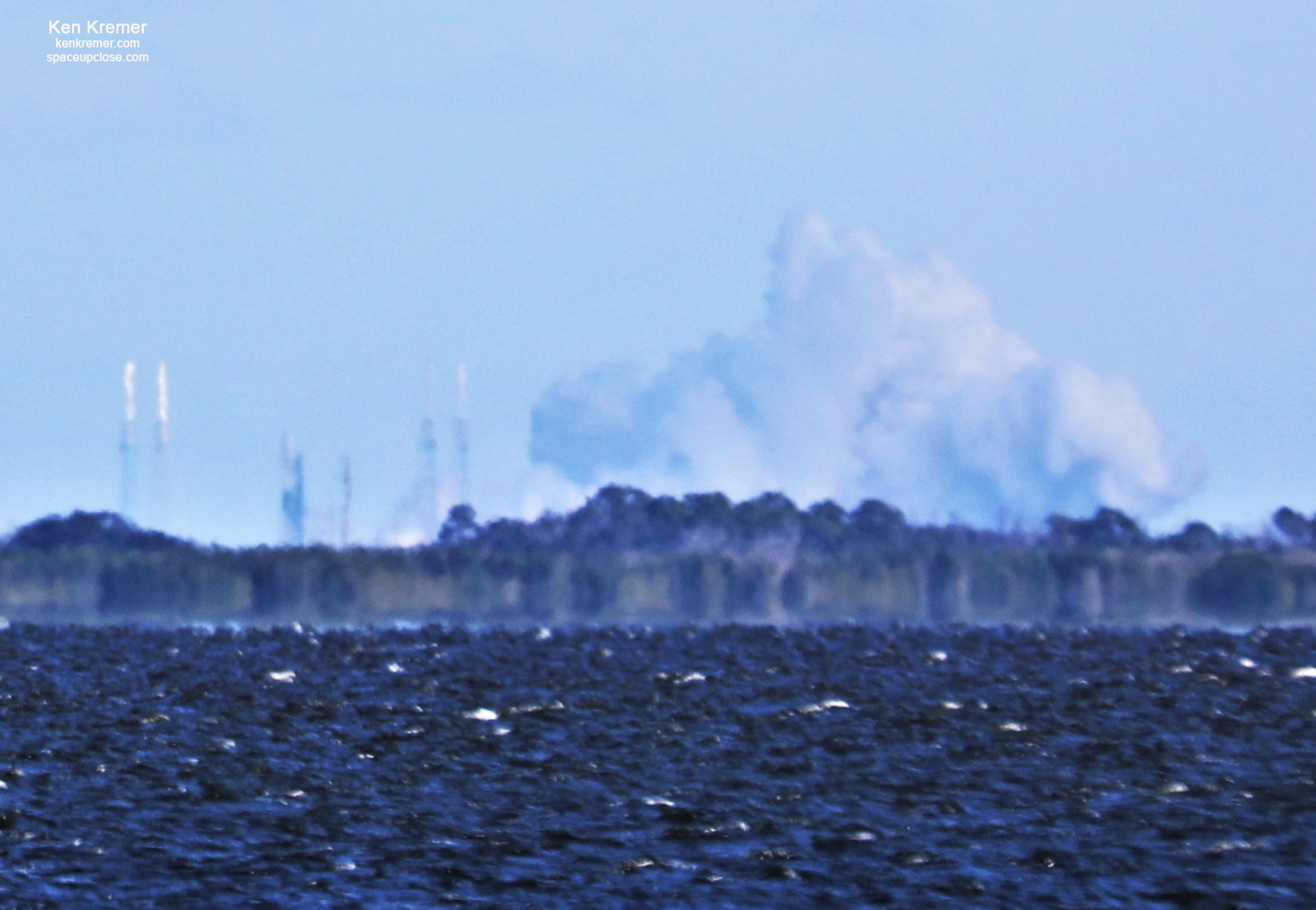
SpaceX conducts successful static fire test of Falcon 9 first stage engines at 2:00 p.m. EST on Jan. 20 with exhaust spewing out from the flame trench at Space Launch Complex-40 on Cape Canaveral Air Force Station, FL, for 4th Starlink mission targeted for launch Jan. 24, 2020 at 10:54 a.m. EST – as seen from the Indian River, Titusville. Credit: Ken Kremer/kenkremer.com/spaceupclose.comFor SpaceUpClose.com & RocketSTEM
TITUSVILLE, FL – Still basking in the glow of the super successful Crew Dragon In Flight Abort test on Sunday, Jan. 19 and under hazy Florida Space Coast skies and gusty winds SpaceX engineers completed an early afternoon static fire test of their recycled Falcon 9 rocket for the next Starlink mission on Monday, Jan. 20 on Cape Canaveral.
Following the successful static fire test SpaceX at first hoped to launch the Falcon 9 Starlink 3 mission on Tuesday, but rough sea weather for recovery operations eventually forced a multiday delay to weeks end.
SpaceX is now targeting Friday morning Jan. 24 for launch of the fourth batch of 60 SpaceX built and owned Starlink broadband satellites to LEO – and the weather outlook is promising except for the likelihood of very strong upper altitude winds which could delay the launch.
Notably the engine test involved an extremely rare combination of the fully integrated launch stack comprising the two stage SpaceX Falcon 9 rocket with the nose cone bolted on top with the payload of SpaceX Starlink commercial internet satellites encapsulated inside.
The brief hold down hotfire test of the fully integrated SpaceX Falcon 9 first stage rocket and engines raised vertical took place today at 2:00 p.m. EST (1900 GMT) on Space Launch Complex-40 (SLC-40) on Cape Canaveral Air Force Station, FL under cloudy and extremely windy skies on Florida’s Space Coast.
Enjoy our eyewitness photos of the static fire test witnessed by Space UpClose from across the Indian River in Titusville, FL precisely at 2 p.m. EST, Jan 20 – from about 12 miles away.
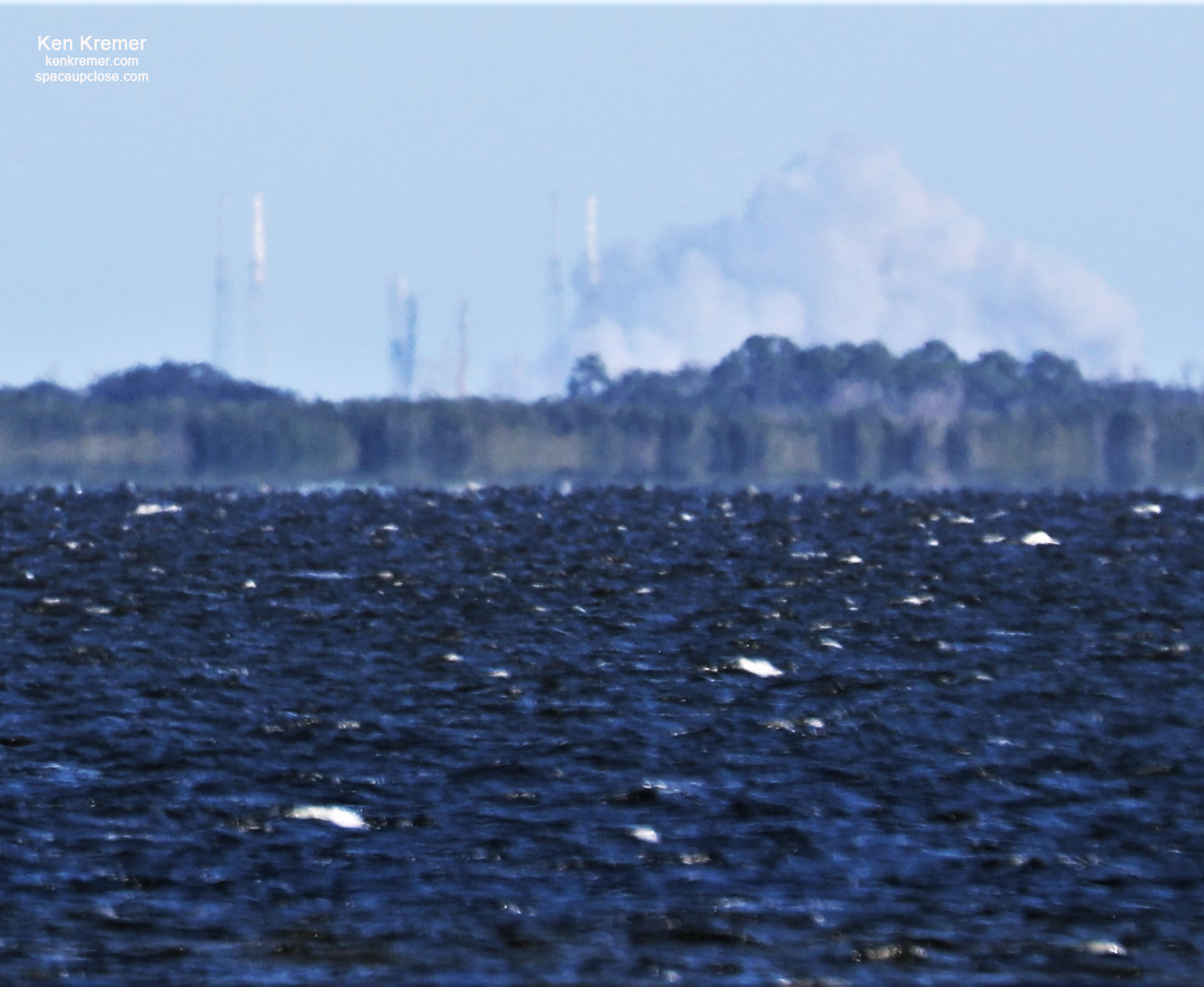
SpaceX soon confirmed good results for the short duration test:
“Static fire of Falcon 9 complete ahead of launching 60 Starlink satellites. Due to extreme weather in the recovery area, team is evaluating best launch opportunity,” SpaceX tweeted.
Static fire of Falcon 9 complete ahead of launching 60 Starlink satellites. Due to extreme weather in the recovery area, team is evaluating best launch opportunity
— SpaceX (@SpaceX) January 20, 2020
After considering options and evaluating the weather SpaceX finally announced the launch shift to Friday – with a caveat that weather remains a concern:
“Now targeting January 24 at 10:54 a.m. EST, 15:54 UTC, for launch of 60 Starlink satellites; team is continuing to monitor weather in the recovery area,” SpaceX tweeted today, Tuesday, Jan. 21.
Now targeting January 24 at 10:54 a.m. EST, 15:54 UTC, for launch of 60 Starlink satellites; team is continuing to monitor weather in the recovery area
— SpaceX (@SpaceX) January 21, 2020
Liftoff of the 4th Starlink mission is now targeted for 10:54 a.m. EST, 15:54 GMT, Jan. 24 from Space Launch Complex-40 (SLC-40) on Cape Canaveral Air Force Station, FL.
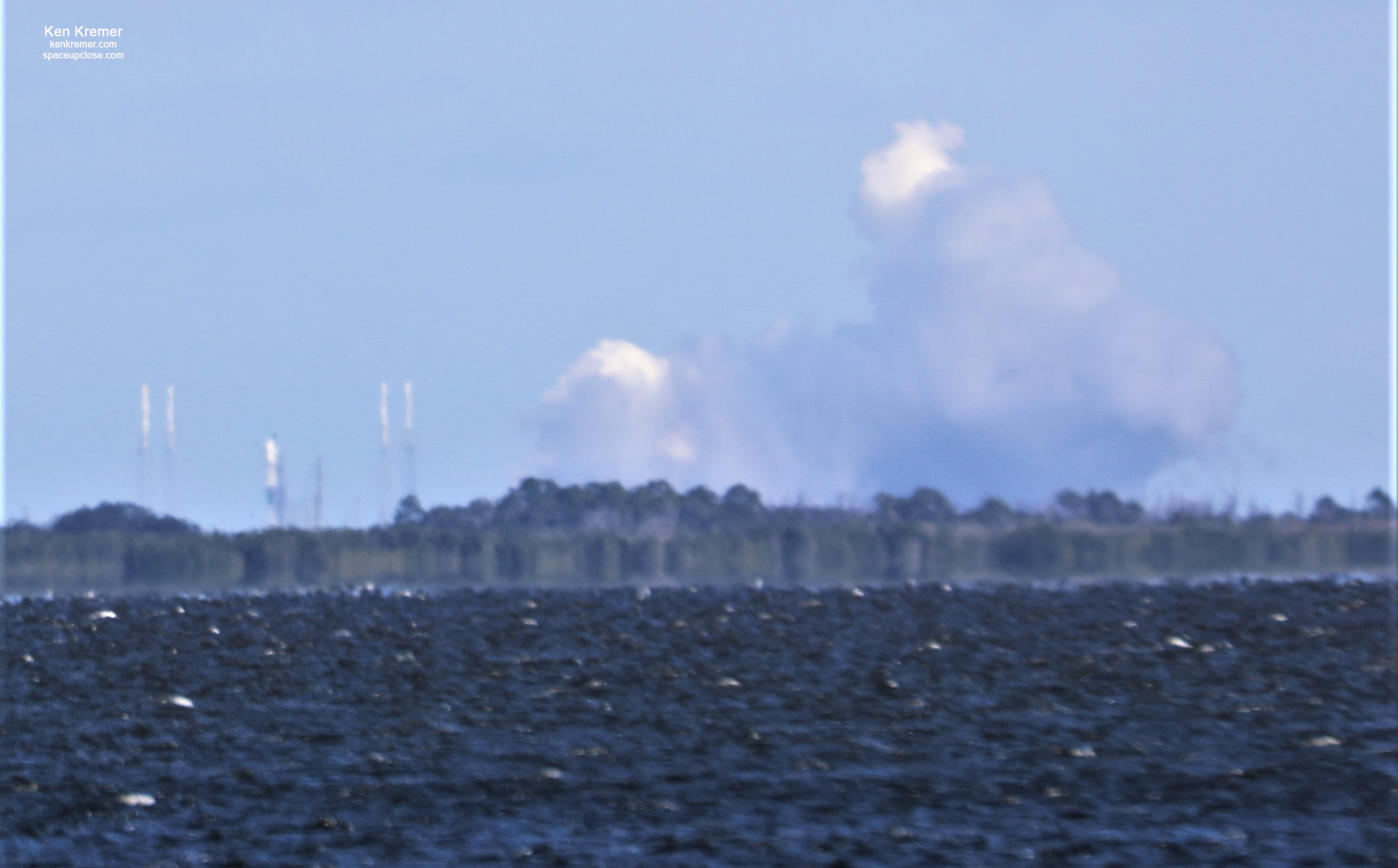
In another major milestone in rocket recycling the mission SpaceX announced that the launch features a reused first stage booster launching for the third time.
“Falcon 9’s first stage supporting this mission previously launched off LC-39A and from SpaceX’s West Coast launch pad.”
Falcon 9’s first stage supporting this mission previously launched off LC-39A and from SpaceX’s West Coast launch pad pic.twitter.com/XVZt9TpQap
— SpaceX (@SpaceX) January 21, 2020
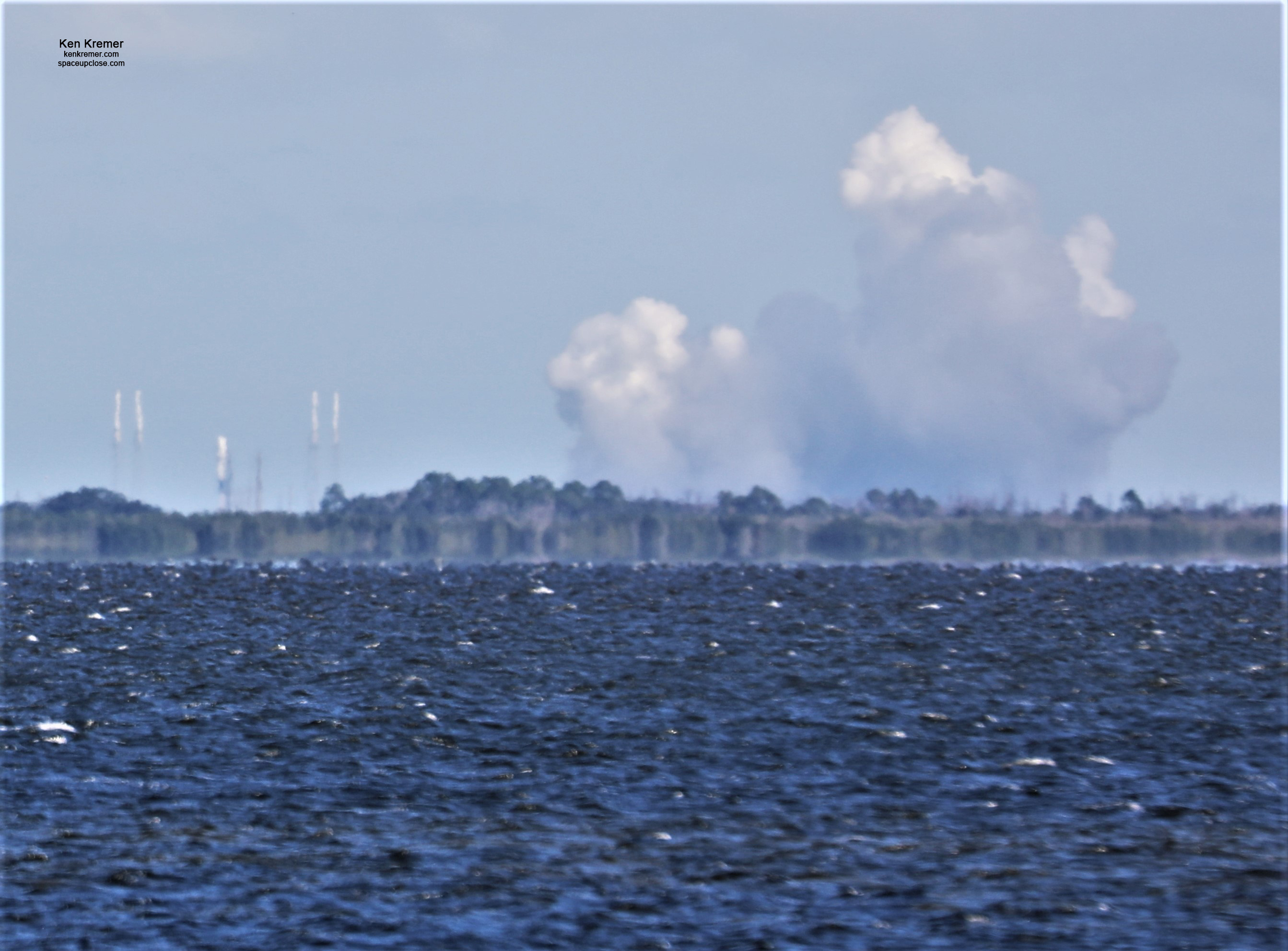
The goal of Starlink is to create a network that will help provide internet services to those who are not yet connected, and to provide reliable and affordable internet across the globe.
“Starlink is a next-generation satellite network capable of connecting the globe, especially reaching those who are not yet connected, with reliable and affordable broadband internet services,” says SpaceX.
The 4rd Starlink mission is also significant in that it continues the opening of the new launch season as the 3rd US launch of this month of January 2020 and the new decade – and that will almost certainly include the first human launches from US soil in over 8 long years.
Furthermore SpaceX is also the owner of the largest fleet of Earth orbiting satellites – already numbering 180 satellites delivered to orbit – and 240 if all goes well Friday morning Jan. 24.
The prior Starlink 2 mission launched on Jan. 6. See our articles and photos.
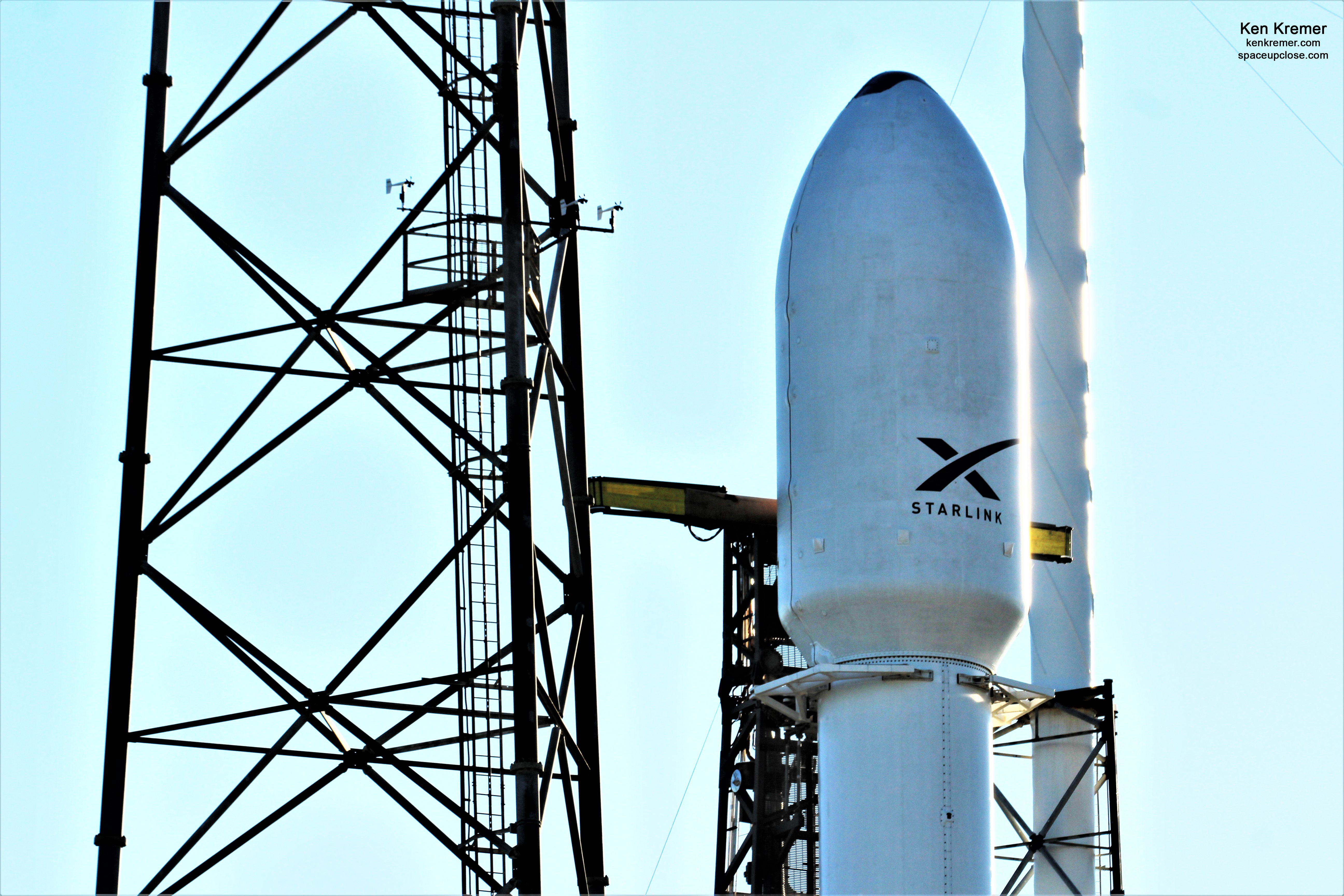
My test Starlink and Crew Dragon launch commentary and photos were featured on WFTV ABC TV News Orlando and WKMG CBS TV News Orlando:
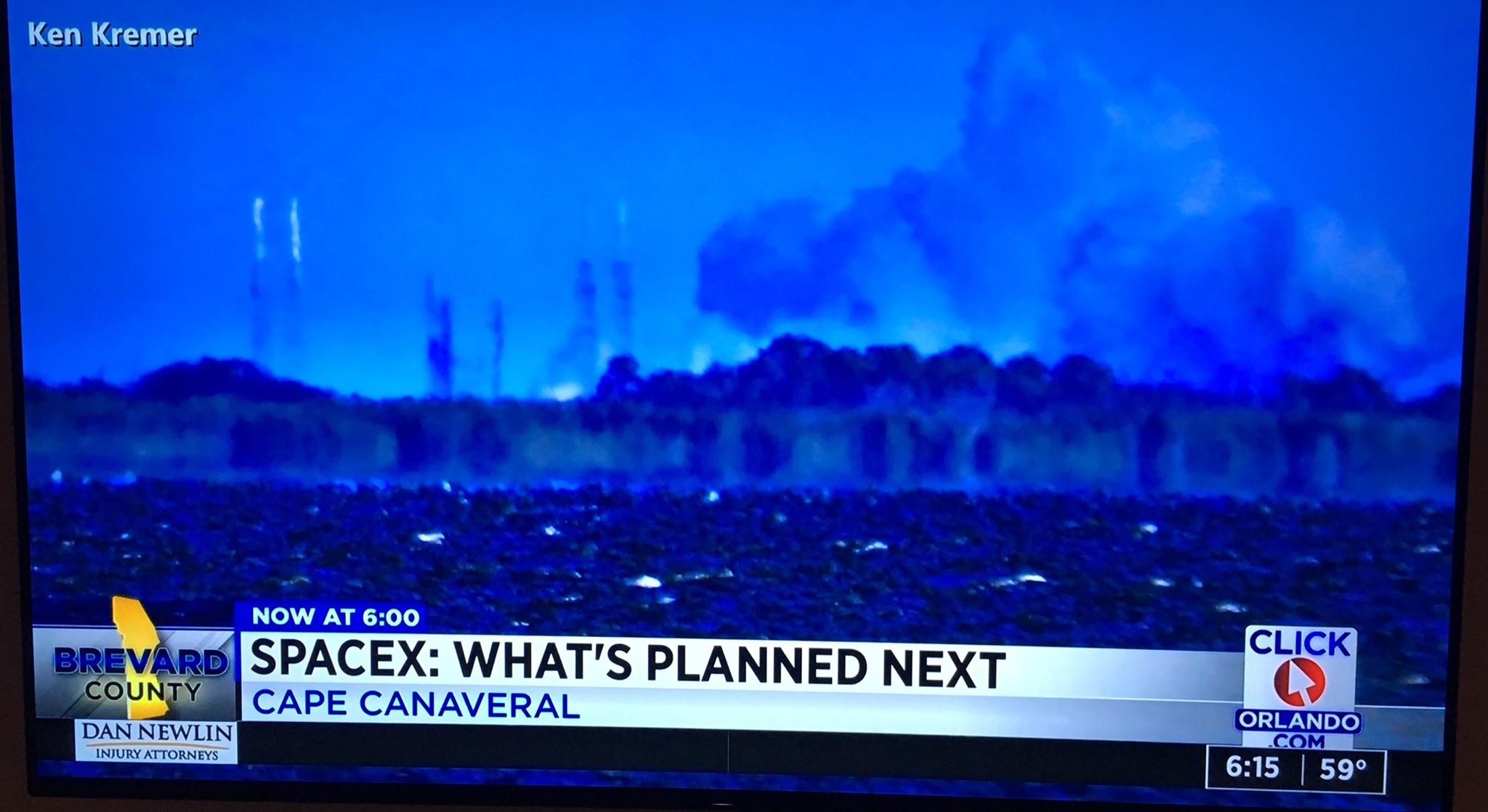
Watch Ken’s continuing reports onsite for live reporting of upcoming SpaceX and ULA launches including In-Flight Abort, Starlink and Solar Orbiter in Jan/Feb 2020 at the Kennedy Space Center and Cape Canaveral Air Force Station.
Stay tuned here for Ken’s continuing Earth and Planetary science and human spaceflight news: www.kenkremer.com –www.spaceupclose.com – twitter @ken_kremer – email: ken at kenkremer.com
Dr. Kremer is a research scientist and journalist based in the KSC area, active in outreach and interviewed regularly on TV and radio about space topics.
………….
Ken’s photos are for sale and he is available for lectures and outreach events
Ken’s upcoming outreach events:
Jan 23/24: 7 PM, Quality Inn Kennedy Space Center, Titusville, FL. “SpaceX In Flight Abort and Starlink launches Jan 19 & 24. ULA Solar Orbiter Feb 5.” Free. In hotel lobby. Photos for sale
